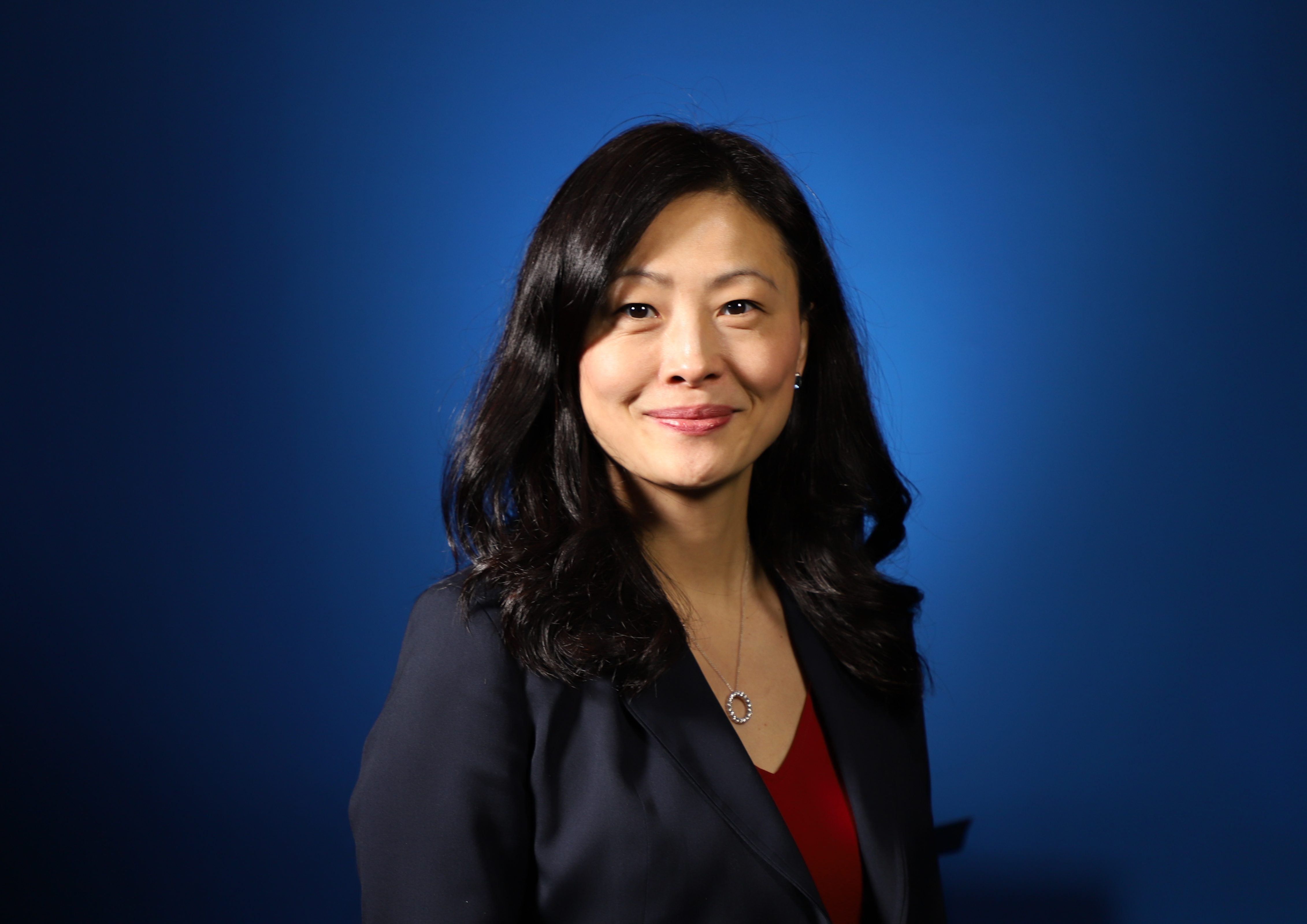 BIG DATA
BIG DATA
 BIG DATA
BIG DATA
 BIG DATA
BIG DATA
Big-data and cloud capabilities have created a new world of opportunity in the tech industry, enabling advancements that continue to transform the ways the enterprise creates and operates business. As the impact of technology scales with the customization and automation capabilities of hybrid cloud, artificial intelligence tools, and more, the stakes around responsible production models and business cultures grow even higher.
“We’re entering this next phase of what I call ‘chapter two’ of cloud: Digital reinvention of the enterprise. Digital reinvention of the individual,” said Inhi Cho Suh (pictured), general manager of IBM Watson customer engagement. “It’s an opportunity for every country, every population group to get involved.”
Suh spoke with John Furrier for a CUBE Conversation at theCUBE’s studio in Palo Alto, California, to discuss how IBM is working to build a bridge between legacy and future technologies through new enterprise initiatives in technology and industry culture.
Suh leads the Watson customer engagement business unit in IBM’s San Francisco office, where she and her team develop processes for implementing Watson and other IBM innovations in customers’ businesses. While the first wave of cloud saw a mad dash toward public environments, this generation of virtualization provides the opportunity to pick the right cloud for the job through new custom hybrid options.
“IBM Cloud Private enables us to not just take any business application to any cloud … but actually to enable Watson and Watson-based applications also across multicloud environments,” Suh said.
Artificial intelligence and reliable information architecture are integral IBM’s multicloud strategy, but Suh is just as interested in developing the tools necessary for increasing transparency and mitigating bias for fairness in automated operations. The responsibility of AI’s scaling tech is shared among many institutions, but must also be democratized to enable access to the powerful tools at every level of tech education.
“We have to think about the diverse population that’s participating in the governance” of AI, she said. “You don’t want just … one group coding and developing the algorithms or deciding the decision models.”
To support that mission, the company launched Watson OpenScale for AI, an initiative that models automated operations in production to develop better methodologies for fairness. The dangers of AI bias are not hypothetical, and as the enterprise adopts more automated processes, evidence of built-in biases are becoming apparent.
“There’s a set of tools to understand and train people on recognizing bias,” Suh said. “It could be you’re just self-selecting on certain data sets to reinforce your hypotheses; it could be unconscious.”
IBM’s interest in tech equity goes beyond AI. The company recently released its study “Women, Leadership, and the Priority Paradox,” which surveyed 2,300 of the top organizations in the world. The report found that only 18 percent of companies included women in senior leadership positions. A majority of the companies reported that “formalizing or prioritizing gender fostering that kind of inclusive culture was not a business priority.”
Despite the dismal findings, there was one hopeful statistic. “Even though 80 percent of the organizations that we interviewed actually said that they’ve not made it a business priority, the 20 percent that did saw a higher performance in their outcomes in terms of business performance,” Suh said.
With an end goal of tech gender equity and improved business performance, IBM currently runs a number of programs to encourage a more diverse talent pipeline. One is a program called Tech Re-Entry for women to come back into the tech workforce and for the next generation of workers who may not have formal college degrees.
As the industry’s technology advances exponentially, Suh and her team at IBM are working to ensure its culture moves forward as well. “You want the full population of the human capacity to think and creatively solve some of the world’s biggest complex problems,” she said. “You don’t want a small population of the world trying to do this.”
Here’s the complete video interview, one of many CUBE Conversations from SiliconANGLE and theCUBE:
THANK YOU